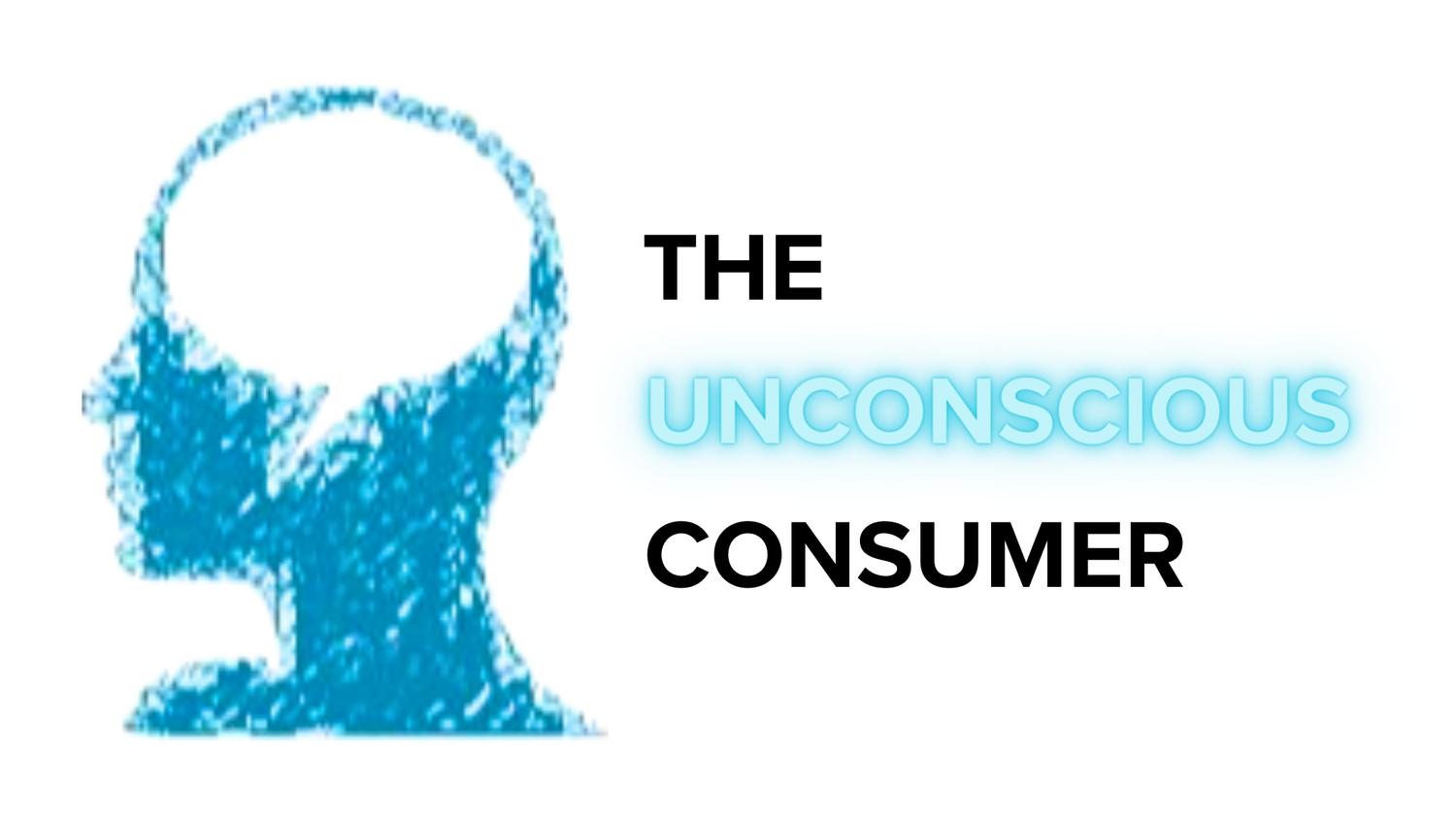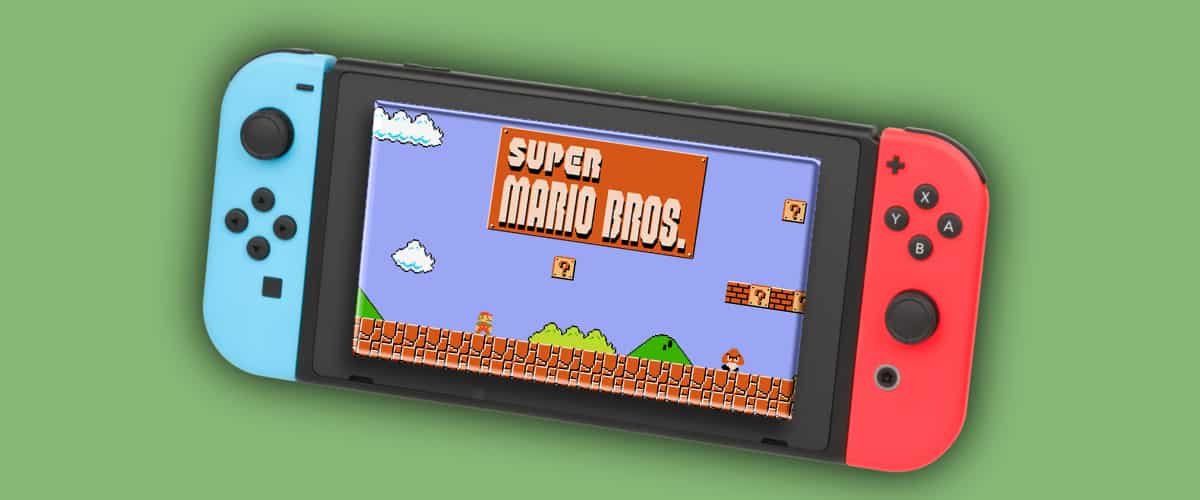Rose-Tinted Commerce
What You Need To Know
Nostalgia marketing leverages our selective memory to forge emotional bonds with products, making it a potent tool for brands. However, consumers can navigate this landscape effectively by analyzing their emotional responses, researching products, and making informed decisions. Brands, on the other hand, should balance nostalgia with innovation, understand their audience, and use nostalgia genuinely and sparingly.
Tips For Brands:
Balance Nostalgia with Innovation: While nostalgia can forge strong emotional bonds with your audience, it's essential to ensure that you're also meeting their contemporary needs and expectations. Offer products or services that evoke nostalgia while delivering modern functionality and benefits. For example, consider Nintendo's approach to its classic games. By re-releasing them on new consoles, the company mixed nostalgic content with up-to-date technology, pleasing both old and new fans.
Know Your Audience: Not all demographics will respond similarly to nostalgic triggers. Know your audience and tailor your nostalgia marketing strategies to align with their past experiences and memories. For instance, a brand marketing to millennials might evoke nostalgia through 90s pop culture references, while targeting baby boomers might involve nods to the icons of the 60s or 70s.
Don’t Oversell Nostalgia: Nostalgia is a potent tool, but it can quickly lose its effectiveness if overused or manipulated. Be genuine in your use of nostalgia and ensure that it adds value to the consumer experience. Coca-Cola's "Share a Coke" campaign is a good example. By reviving the sense of community and personal connection associated with the brand's early days, Coca-Cola effectively leveraged nostalgia without making it the campaign's sole focus.
Tips for Consumers:
Examine your emotional reaction.: When a product stirs a feeling of nostalgia, pause and examine your reaction. Are you considering the purchase because of the product's intrinsic quality or service, or is the emotional tug of nostalgia influencing your decision?
Look Beyond Marketing: Brands often use nostalgic imagery and storytelling in their marketing efforts. It's essential to look beyond this and focus on the product's features, benefits, and value proposition.
Embrace Nostalgia Intelligently: Understand that it's perfectly okay to purchase something out of nostalgia, provided it's an informed and conscious decision. The key is to maintain a balance and ensure nostalgia doesn’t overshadow the actual value and usefulness of the product.
Nostalgia, a sentimental longing for the past, can provoke a profound emotional response. It influences our perceptions and decision-making processes, sometimes more than we realize. Yet, nostalgia can be misleading due to an inherent selection bias that idealizes the past while downplaying its pitfalls. This bias subsequently impacts consumer behaviour, making us potential targets for well-executed nostalgic marketing.
Isn't it fascinating, this idea that our memories, coated with a sheen of yesteryears, can subtly nudge our choices today? It's a paradoxical dance between the warmth of the past and the exigencies of the present - one that raises a tantalizing question: Could we perhaps untangle these threads, moving from passive participants to informed actors in this narrative of nostalgia? Let's dive in and unravel the fascinating ties between nostalgia and consumer behaviour — a journey that promises to hold both surprise and insight.
The Science Behind Nostalgia and Consumer Behaviour
Nostalgia thrives on "rosy retrospection," a psychological phenomenon whereby individuals remember past events more fondly and positively than they were in reality. Consider, for instance, how people often reminisce about rotary phones or handwritten letters – glossing over the inconvenience and inefficiency compared to modern technology.
Such nostalgia fosters an insatiable craving for authenticity, prompting consumers to seek products and experiences that symbolize a simpler and more genuine past. This longing explains why artisanal goods, from handcrafted furniture to small-batch cheese, often command a premium price. They deliver the authentic, nostalgic experience consumers crave.
Nostalgia Marketing: A Powerful Tool for Brands
Brands utilize nostalgia to forge robust emotional connections with consumers. By evoking memories of the past, they can create a comforting sense of familiarity and trust. "Nostalgia marketing," as this strategy is known, has gained widespread adoption across industries, with brands tapping into nostalgic feelings to drive engagement and sales.
Consider how Polaroid capitalized on nostalgic sentiment with the reintroduction of their iconic instant camera. Similarly, the fashion industry has seen a resurgence of 80s and 90s styles, a testament to the power of nostalgic sentiment.
In entertainment, the revival of classic television shows like "Friends" and "The Fresh Prince of Bel-Air" and film franchises such as "Ghostbusters" and "Star Wars" are clear indicators of nostalgia marketing at work.
The Power of Nostalgia: How it Benefits Both Brands and Consumers
Not all nostalgic endeavours are misleading or manipulative. In some cases, nostalgia marketing creates win-win scenarios for both brands and consumers.
A prime example is the revival of vinyl records. This nostalgic resurgence provided record companies with an unexpected revenue stream while offering consumers a novel listening experience that combined vintage charm with modern conveniences.
Another example is the relaunch of the Honda Cub motorcycle. This model's reintroduction combined the classic design loved by its nostalgic audience with contemporary fuel efficiency and safety features, benefiting both the company and the consumers.
However, brands must tread carefully. While nostalgia can create a solid emotional connection, it is a balance that, if not maintained, can lead to perceived manipulation.
Navigating the Nostalgia Minefield: Empowering the Informed Consumer
As consumers, we can empower ourselves against the pull of nostalgia marketing by cultivating an understanding of its workings and its impacts on our choices. But this awareness is only the first step. For example, before succumbing to the charm of a vintage-style appliance or a remastered video game, consumers might consider whether these products genuinely provide value, or if the allure lies primarily in their nostalgic packaging. Here are some actionable recommendations for consumers to navigate the nostalgia minefield more effectively:
Analyze Your Emotional Response: When a product stirs a feeling of nostalgia, pause and examine your reaction. Are you considering the purchase because of the product's intrinsic quality or service, or is the emotional tug of nostalgia influencing your decision?
Research and Compare: Before making a purchase, particularly when driven by nostalgia, conduct thorough research. Compare the product with similar contemporary options. This exercise can help you distinguish between a purchase decision driven by nostalgia and one influenced by the product’s real value.
Check Reviews and Ratings: Reviews from other customers who were also driven by nostalgia can be very informative. Did the product live up to their nostalgic expectations? Was it worth the price or did it feel like a novelty item?
Look Beyond Marketing: Brands often use nostalgic imagery and storytelling in their marketing efforts. It's essential to look beyond this and focus on the product's features, benefits, and value proposition.
Take a Step Back: If you find yourself feeling a strong pull towards a product for nostalgic reasons, it may be worth giving yourself a cooling-off period. This space can help ensure your decision isn't driven solely by the emotional impact of nostalgia.
Embrace Nostalgia Intelligently: Finally, understand that it's perfectly okay to purchase something out of nostalgia, provided it's an informed and conscious decision. The key is to maintain a balance and ensure nostalgia doesn’t overshadow the actual value and usefulness of the product.
Informed consumers can transform nostalgia from a marketing ploy into an enriching part of the consumer experience. By understanding the emotional and psychological underpinnings of nostalgia, consumers can navigate the marketing landscape more effectively and make purchase decisions that provide both emotional satisfaction and genuine value.
Nostalgia, with its potent emotional pull, is often manipulated due to an inherent selection bias towards positive memories. In the face of this rosy retrospection, awareness and critical thinking are our best defences. As we traverse the marketing minefield, it's crucial to look past the nostalgic haze and discern the true value beneath the surface.
Want to share your thoughts? Feel free to share them in the comments section below or on social media.




